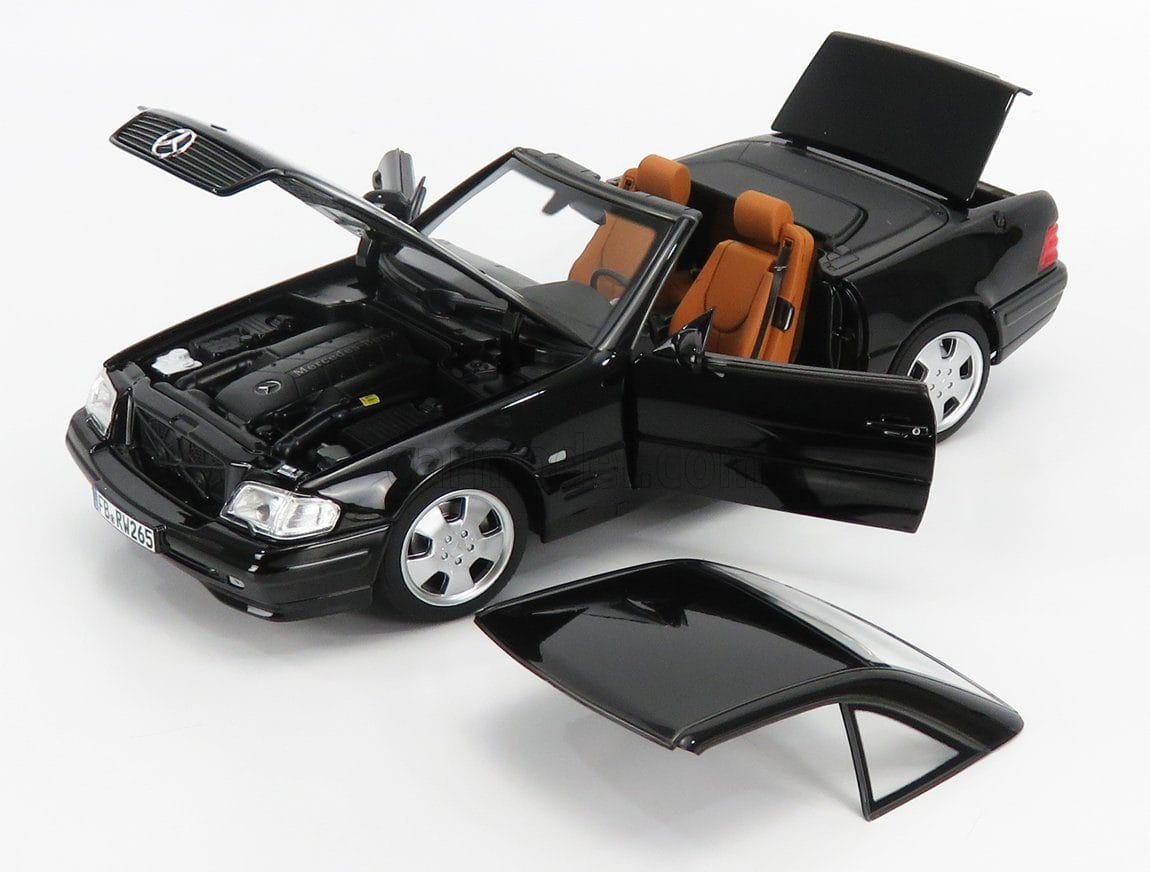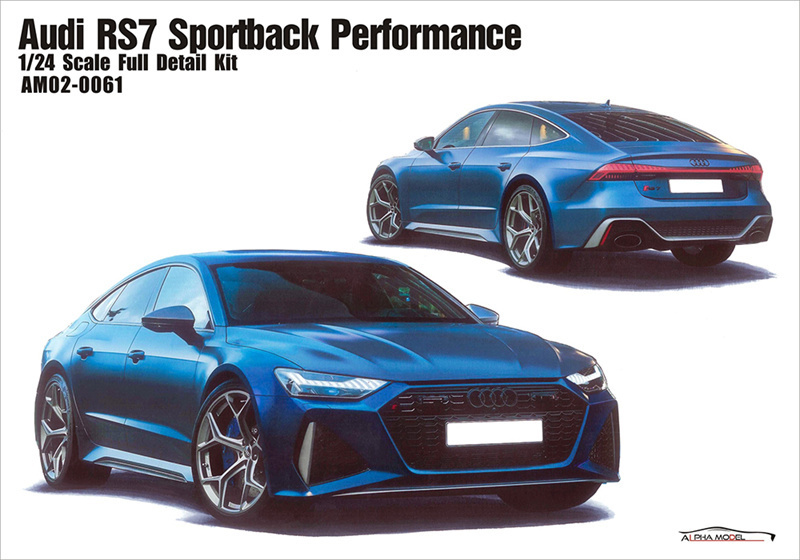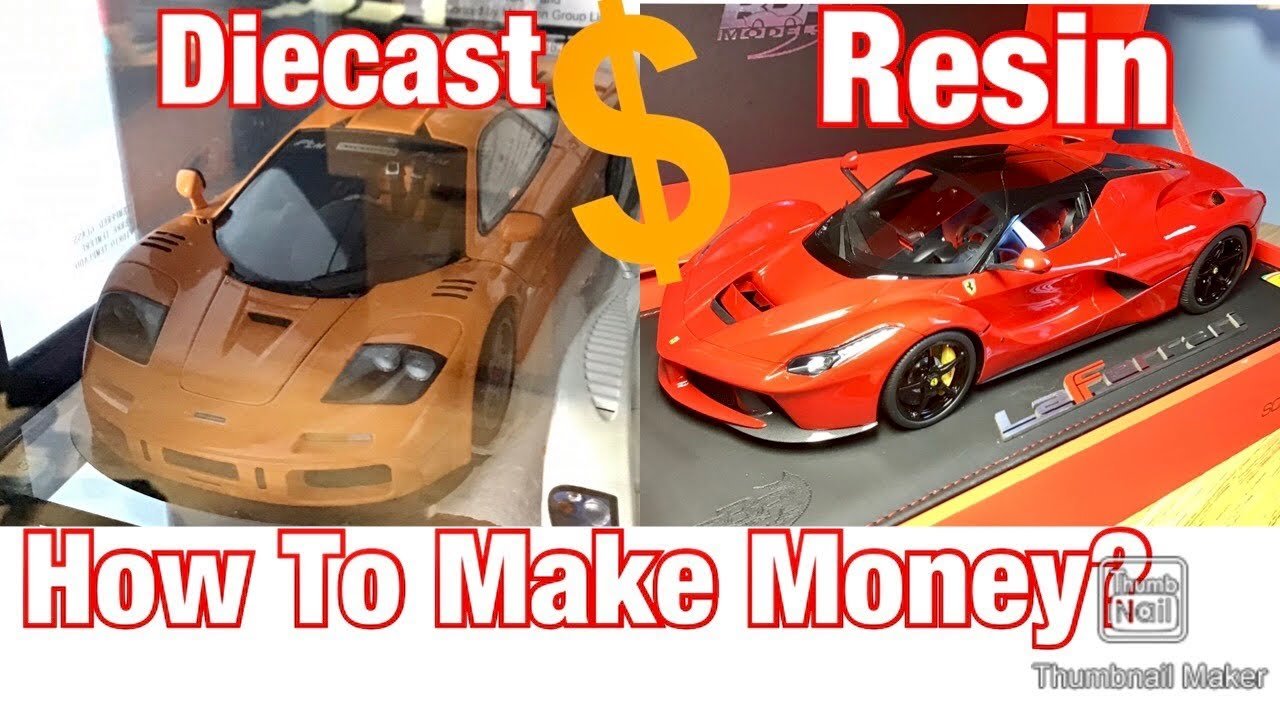Diecast and resin model cars offer unique features. Each has distinct characteristics that appeal to collectors.
Understanding the difference helps you choose wisely for your collection. Model car enthusiasts often debate the merits of diecast versus resin. Both types offer detailed replicas of real vehicles, but they differ in material and production process. Diecast models are made from metal alloys, providing durability and a solid feel.
Resin models, made from synthetic materials, showcase intricate details with a lighter touch. Choosing between them depends on personal preferences like realism, weight, and customization. Knowing their strengths and drawbacks aids collectors in selecting the best fit for their display or collection. Dive deeper into the specifics to make an informed decision on your next model car purchase.

Credit: model-universe.com
Introduction To Model Cars
Model cars captivate enthusiasts with their intricate designs and details. These miniature replicas bring the thrill of automobiles to the palm of your hand. From classic cars to modern supercars, model cars offer a tangible connection to automotive history and innovation. Collectors and hobbyists alike enjoy the artistry and craftsmanship behind each model.
Brief History
Model cars have a rich history dating back to the early 1900s. Originally crafted from tin, these models were simple and less detailed. As technology evolved, so did the materials and techniques used. By the mid-20th century, manufacturers began using diecast metal and resin. This allowed for more intricate designs and accurate representations of real vehicles.
Diecast models gained popularity for their durability and realism. Resin models emerged later, offering finer details and smoother finishes. Both types have contributed to the diverse range of model cars available today.
Popularity Among Collectors
Model cars attract collectors from all walks of life. They appeal to car enthusiasts, history buffs, and hobbyists. The thrill of owning a miniature version of a favorite car drives many to start collections.
Diecast models are popular for their sturdy build and longevity. Resin models are favored for their precision and finer details. Each collector often has personal preferences, driven by the model’s craftsmanship and uniqueness.
Model car shows and online communities foster a vibrant collecting culture. Enthusiasts share insights, trade models, and celebrate their collections together.
Materials And Manufacturing
Understanding the materials and manufacturing processes of diecast and resin model cars is essential. These models have unique characteristics due to their distinct production methods. Each method offers different benefits and challenges. Let’s dive into the details.
Diecast Metal Process
Diecast model cars use metal alloys, primarily zinc or aluminum. The process involves pouring molten metal into molds. This technique gives the models a sturdy feel and realistic weight. Diecast models often feature intricate details. They’re durable and can withstand handling. The metallic finish adds a classic touch, appealing to collectors.
Resin Casting Technique
Resin models use synthetic polymers. The resin casting process is more flexible than diecast. It allows for more complex shapes and finer details. The molds for resin models are typically silicone. This makes them suitable for small batch production. Resin models are lighter than diecast models. They also offer a smooth finish, making them visually appealing.
Detail And Accuracy
Detail and accuracy are crucial in model cars. Collectors often debate between diecast and resin models. Each offers unique attributes. Understanding these can guide your choice. Let’s explore their differences.
Level Of Detail In Diecast
Diecast models are made from metal. This allows intricate designs. Manufacturers can replicate vehicle features precisely. Diecast models often include opening doors and hoods. This adds realistic elements. Metallic paint enhances their authenticity. Collectors appreciate their weight and feel. Some diecast models feature working suspension. They are durable, making them popular among enthusiasts.
Precision In Resin Models
Resin models use plastic materials. This offers flexibility in design. Manufacturers achieve high precision with resin. They capture complex shapes and curves. Resin models often have sharp details. They showcase fine textures. These models are lighter than diecast. Resin allows custom designs easily. Collectors admire their smooth finish. Resin models often include detailed interiors. They offer vibrant colors and designs.

Credit: www.youtube.com
Durability And Longevity
Durability and longevity are crucial for model car collectors. They seek models that last. The material used impacts these factors. Diecast and resin are popular choices. Each offers unique benefits and drawbacks.
Strength Of Diecast Models
Diecast models boast impressive strength. They are made from metal alloys. This gives them a solid, hefty feel. Their weight adds to their durability. They can withstand drops and minor impacts. Diecast models resist wear and tear over time. Their longevity makes them a favorite among collectors.
Fragility Of Resin Models
Resin models, though detailed, are more fragile. They are crafted from synthetic resin. This material is lighter but less sturdy. Resin models are prone to chipping. Handle them with care to avoid damage. They may not last as long as diecast models. But their intricate details attract enthusiasts.
Cost And Affordability
Understanding the cost and affordability of model cars is vital. Diecast and resin models differ significantly in price. These differences affect collectors’ choices. Each material offers unique benefits, influencing costs. Enthusiasts often weigh these factors carefully.
Price Range Of Diecast
Diecast model cars often appeal to budget-conscious collectors. They are usually more affordable. Their production process is less complex. This results in lower prices. Diecast models range from $10 to $200. The price varies based on brand and detail. Many collectors find these prices reasonable.
Investment In Resin Models
Resin model cars are known for their detailed craftsmanship. They are often seen as premium collectibles. The production involves meticulous detailing. This increases costs. Resin models range from $50 to over $300. Collectors view them as a long-term investment. These models retain value well. High-quality designs justify their price.
Customization Possibilities
Diecast model cars offer extensive customization with interchangeable parts and a wide color range. Resin models provide limited customization but showcase intricate details and unique designs. Both options cater to different preferences, allowing collectors to enjoy tailored experiences.
When you dive into the world of model cars, one of the exciting prospects is the ability to customize them to your liking. Whether you’re a seasoned collector or a hobbyist just starting out, the customization possibilities can bring your models to life. But how do diecast and resin models stack up against each other in terms of customization? Let’s break it down.Modifying Diecast Models
Diecast models are known for their durability and robust construction, typically made from metal. This sturdiness makes them a popular choice for those who like to tinker and modify.The metal composition allows for parts to be removed and replaced with ease. You can paint over them, add decals, or even swap out wheels without damaging the structure.However, modifying diecast models can sometimes require specialized tools. Have you tried swapping out a tiny diecast engine? A steady hand and precision tools can make all the difference.Customization In Resin
Resin models, on the other hand, offer a different kind of flexibility. Resin is a lighter material, allowing for intricate details and complex shapes not always possible with diecast.This makes resin models ideal if you’re looking to create something unique. They can be sanded and reshaped easily, offering endless possibilities for customization.But here’s the catch: resin is more fragile. If you’re planning to make alterations, patience and a gentle touch are your best allies. How do you handle a delicate part without breaking it? Sometimes, practice makes perfect.The choice between diecast and resin often comes down to personal preference and your comfort level with each material. What kind of model do you dream of creating? The answer might guide you to the right material for your customization journey.Market Availability
Diecast model cars are widely available in markets, offering durability and detail. Resin models, though rarer, provide intricate designs and are often favored by collectors for their craftsmanship. Each type presents unique advantages, catering to varied preferences among enthusiasts.
When you’re on the hunt for model cars, understanding market availability can help you decide between diecast and resin models. It’s like navigating a vibrant marketplace filled with choices, where each type of model offers its own unique appeal. Both diecast and resin models have their loyal fan bases, but their availability in the market can differ significantly.Brands Offering Diecast
If you’ve ever browsed through a hobby shop or online marketplace, you’ve likely come across brands like Hot Wheels, Matchbox, and Maisto. These brands are synonymous with diecast models and are widely available. Their popularity ensures that you can find a range of models, from classic cars to modern vehicles, in almost any store that sells toys or collectibles.The abundance of diecast models is a boon for collectors who thrive on variety. You might remember the thrill of finding a rare Hot Wheels model at a local store. It’s that element of surprise and availability that keeps collectors coming back.With global giants like these leading the charge, diecast models are never far out of reach. But does this accessibility impact their uniqueness? That’s a question every collector has to answer for themselves.Resin Model Manufacturers
Resin model cars, on the other hand, are like hidden gems. Brands like BBR Models, MR Collection, and Spark are revered in the niche market of resin models. These manufacturers often focus on high-end, detailed models, capturing the essence of luxury and precision.The resin market operates more like an exclusive club. Limited editions are common, and models are often produced in small batches. This exclusivity can make finding a specific model challenging, yet rewarding.Imagine the satisfaction of adding a meticulously crafted BBR Model to your collection. It’s a testament to patience and passion. But, does the thrill of the hunt outweigh the convenience of availability? That’s something only you can decide.Both diecast and resin models offer unique experiences. While diecast models are widely available and accessible, resin models offer exclusivity and intricate detail. Which one aligns with your collecting style?

Credit: www.alphamodelkit.com
Collector Preferences
When building a collection of model cars, the choice between diecast and resin models often reflects personal preferences. Collectors treasure these miniatures for various reasons. What drives your choice? Is it the feel, the detail, or the rarity? Let’s dive into why some collectors lean towards diecast models, while others are drawn to resin.
Why Choose Diecast
Diecast models offer a classic appeal with their solid, metal construction. They’re known for durability. You can feel the weight in your hand, which brings a sense of realism.
If you’re someone who enjoys handling your models, diecast might be the way to go. They can withstand regular interaction without showing wear. Plus, the smooth finish and moving parts add an interactive element to your collection.
Diecast models are often mass-produced, making them more affordable. This means you can expand your collection without breaking the bank. Imagine having a shelf full of detailed cars, each telling its own story.
Appeal Of Resin Models
Resin models captivate collectors with their exquisite detail. These models often feature sharper lines and finer details. If you value accuracy and craftsmanship, resin might just win your heart.
Resin allows for limited production runs. This exclusivity can make a model more desirable and valuable. Owning a rare piece can be a thrilling experience, adding a unique touch to your collection.
However, resin models are more delicate. They require careful handling. Are you ready to embrace the challenge of preserving these intricate beauties?
Choosing between diecast and resin often comes down to what you value most in your collection. Do you prefer a hands-on experience or a showcase of artistry? Each type has its own charm, inviting you to explore the world of model cars in different ways.
Frequently Asked Questions
Which Is Better, Diecast Or Resin?
Diecast models offer durability and weight, ideal for collectors. Resin models provide detailed craftsmanship but are more fragile. Choose diecast for playability and resin for display. The best choice depends on personal preference and intended use.
What Is A Resin Model Car?
A resin model car is a collectible scale model made from resin material. These models offer intricate details and realistic finishes. Resin allows for precise craftsmanship, making them popular among collectors. Resin model cars are usually more fragile than die-cast models but offer higher detail and customization.
Are Ignition Models Resin Or Diecast?
Ignition models are primarily made of resin. This material allows for detailed and accurate replication. Resin models often showcase intricate features that enhance their realism. Diecast models, on the other hand, are less common in Ignition’s range. Resin models are preferred for their precision and high-quality finish.
What Is The Difference Between Diecast And Model?
Diecast refers to metal models made using a casting process. Model refers to replicas made from various materials like plastic or resin. Diecast models are often more durable, while models offer more detailed features. Collectors often choose based on material preference and level of detail.
Conclusion
Choosing between diecast and resin models depends on your needs. Diecast models offer durability and a classic feel. Resin models provide detailed craftsmanship and unique designs. Consider your budget and display preferences. Collectors may prefer resin for its artistry. Diecast might appeal more to hobbyists or children.
Both types have their own charm and benefits. Research and handle them to see which you prefer. Each model type offers a unique collecting experience. Happy collecting and enjoy your model car journey!



